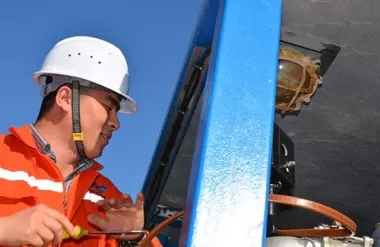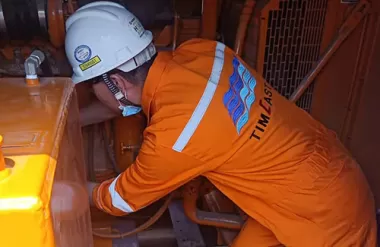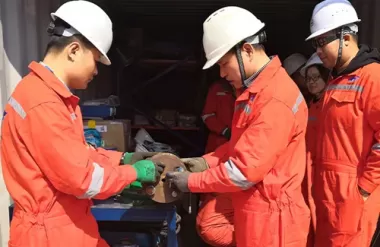Jun. 17, 2023
Non-destructive testing (NDT) methods are widely used in various industries to assess the integrity and reliability of valves without causing damage to the tested components. NDT techniques help identify defects, measure material properties, and evaluate the performance of valves. Here are some common non-destructive testing methods used for valves:
Visual Inspection: Visual inspection is the most basic and widely used NDT method. It involves a thorough examination of valves using the naked eye or with the aid of tools such as magnifying lenses, borescopes, or videoscopes. Visual inspection helps identify visible defects such as cracks, corrosion, wear, misalignment, and improper sealing.
Ultrasonic Testing (UT): Ultrasonic testing uses high-frequency sound waves to detect flaws and measure material thickness. UT involves the use of an ultrasonic transducer that emits sound waves into the valve component. These waves travel through the material, and reflections or echoes are detected by the transducer. By analyzing the time taken for the sound waves to travel and the characteristics of the echoes, defects such as cracks, inclusions, and wall thickness variations can be detected.
Critical & Relief Valve Ultrasonic Testing
Radiographic Testing (RT): Radiographic testing uses X-rays or gamma rays to examine the internal structure of valves. It involves the use of a radiation source and a detector. The radiation is directed through the valve, and the detector captures the transmitted radiation to create an image of the internal structure. RT is effective in detecting defects such as cracks, inclusions, porosity, and voids within the valve body.
Magnetic Particle Testing (MT): Magnetic particle testing is a method used to detect surface and near-surface defects in ferromagnetic materials. It involves applying a magnetic field to the valve component and then applying iron particles to the surface. If there is a defect or crack, the magnetic field will cause the iron particles to accumulate at the defect, creating a visible indication. MT is effective in detecting cracks, weld defects, and other surface discontinuities.
Liquid Penetrant Testing (PT): Liquid penetrant testing is used to detect surface defects in non-porous materials. It involves applying a liquid penetrant to the surface of the valve and allowing it to penetrate into any surface discontinuities. After a specified dwell time, the excess penetrant is removed, and a developer is applied. The developer draws the penetrant out of the defects, creating visible indications. PT is effective in detecting surface cracks, porosity, and other surface defects.
Eddy Current Testing (ECT): Eddy current testing is commonly used to assess the integrity of valve surfaces and detect surface cracks, erosion, and material degradation. It involves inducing an alternating current into a probe coil, which creates a magnetic field. When the probe is scanned over the valve surface, any changes in conductivity or magnetic permeability caused by defects or variations in material properties generate eddy currents. These changes are detected and analyzed to identify surface anomalies.
Leak Testing: Leak testing is performed to assess the sealing integrity of valves. Various techniques are used, including pressure testing, vacuum testing, and helium leak testing. These methods involve applying pressure or vacuum to the valve and monitoring for any pressure drop or the presence of a tracer gas, such as helium, to identify leaks in the valve body, seals, or joints.
Acoustic Emission Testing (AE): Acoustic emission testing involves monitoring and analyzing the acoustic signals emitted by a valve during operation or under controlled stress conditions. AE can detect and locate sources of active defects, such as cracking, deformation, and leakage. It is particularly useful for assessing the condition of valves under dynamic loading or cyclic stress conditions.
For more information, please contact us. We will provide professional answers.
Dec. 12, 2023
The Basics of Electric Heat Trace Technology In the world of industrial processes and temperature control, Electric Heat Trace (EHT) technology plays a crucial role.Nov. 23, 2023
Performing a Leak Test: Step-by-Step Guide A leak test is a crucial procedure to ensure the integrity of a system and identify potential leaks in pipes, joints, or containers.Nov. 08, 2023
Main Steps of a Flange Management Procedure Flange management is a critical aspect of maintaining the integrity and reliability of piping systems in various industries.

